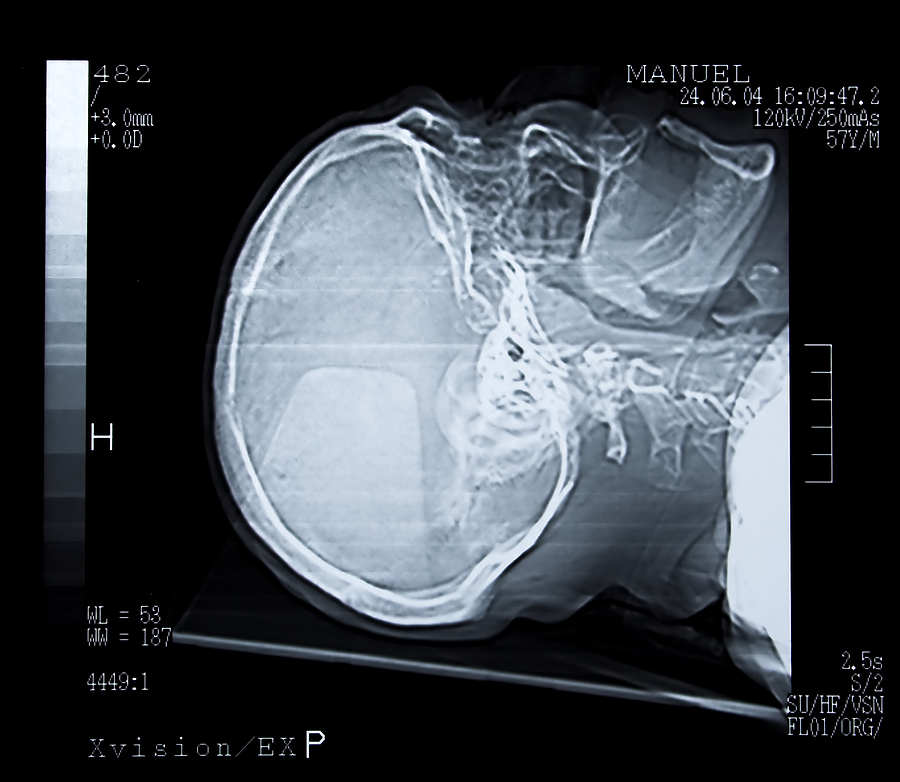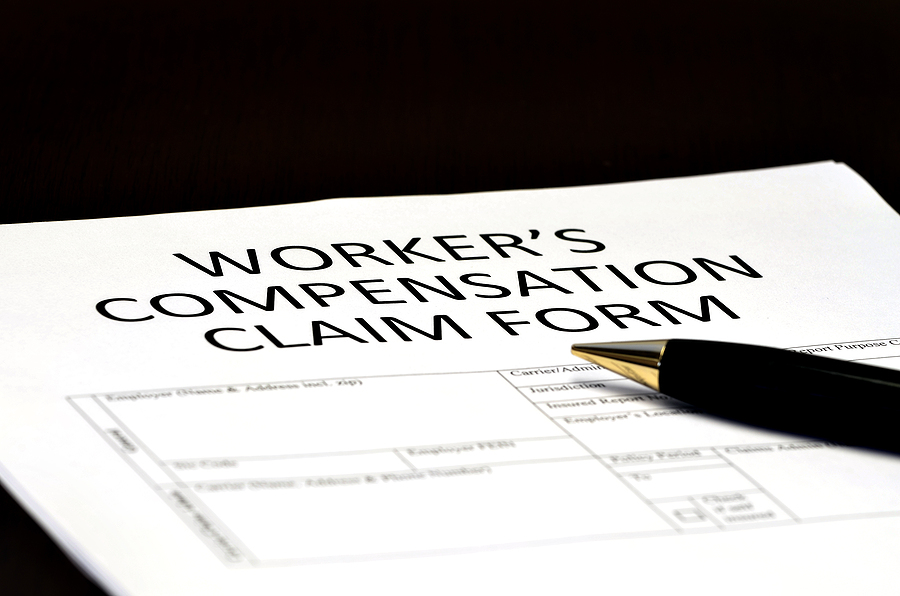In personal injury law, the eggshell skull rule is one of the most important principles responsible for protecting the rights of accident victims, especially those who have health problems or are vulnerable. The genius of this legal rule, which is commonly termed the thin skull, covers situations wherein the defendant does not benefit by stating that the frailty or susceptibility of the victim has played a major part.
Seeking the help of an experienced law firm, like The Levin Firm Personal Injury Lawyers, is crucial to any personal injury case. Their expertise in law ensures that victims get fair compensation for all the losses they have suffered.
Understanding the Eggshell-Skull Rule
Table of Contents
The Eggshell Skull Rule is based on the rationale that the at-fault party imposes the responsibility of “taking their victim as they find them.” This means that if a person’s actions cause harm to another, they have to be responsible for the full extent of the injuries sustained, regardless of the victim’s pre-existing conditions or vulnerabilities.
In a case where a person who has always had a history of back pain was involved in an accident that was caused by a distracted driver, the at-fault driver cannot argue that the victim’s injuries weren’t caused by them.
Applying the Eggshell Skull Rule in Personal Injury Claims
As an essential principle in personal injury cases, the eggshell skull rule helps the parties seek compensation regardless of their health condition at the time of the accident. Here’s how it is typically applied.
- Personal injury attorneys perform deep research regarding the health history of the victim and try to find out if any pre-existing condition or vulnerability has been aggravated or caused by the accident. This evidence has sufficient weight in demonstrating that, in fact, the victim suffered a serious injury due to their condition.
- To be able to apply the eggshell rule in court, the attorneys have to provide an adequate link between the negligent act and the injuries that came about. It is up to them to assert the fact that the accident aggravated or worsened a condition that existed before, and, as a result, the patient further suffered or underwent additional harm.
- In a lot of cases, the statements of medical expert witnesses are critical to the application of the eggshell skull rule. Medical experts can assess the victim’s condition before and after the accident, providing information about the extent of the condition and its long-term consequences.
- After causation and aggravation are proven, the court or the insurance company in question will decide on the compensation that the victim is entitled to. The compensation will cover
- Medical expenses
- Lost wages
- Pain and suffering
- Loss of enjoyment of life
- Property damage
- Loss of consortium
Ensuring Fair Compensation for All
The end game is that the eggshell skull rule serves to consider all the personal injury victims who are either suffering from pre-existing conditions or are vulnerable. This is done in the hope that they receive fair compensation for the harm inflicted on them.
The eggshell skull rule, therefore, represents an exceptional framework for the prosecution process. It’s a testimony to the legal system’s willingness to use all available tools that serve the goal of providing justice for all, irrespective of how fragile the people involved in the process are.
It is important to remember that victims will need the assistance of an experienced personal injury lawyer to prove the eggshell skull rule. Without a lawyer, the victim may be tricked into accepting lower compensation. In addition to proving negligence, the lawyer will also help the victim prepare a fair estimate and negotiate with the insurance company.
Image Source: BigStockPhoto.com (Licensed)
Related Categories: Legal, Reviews







